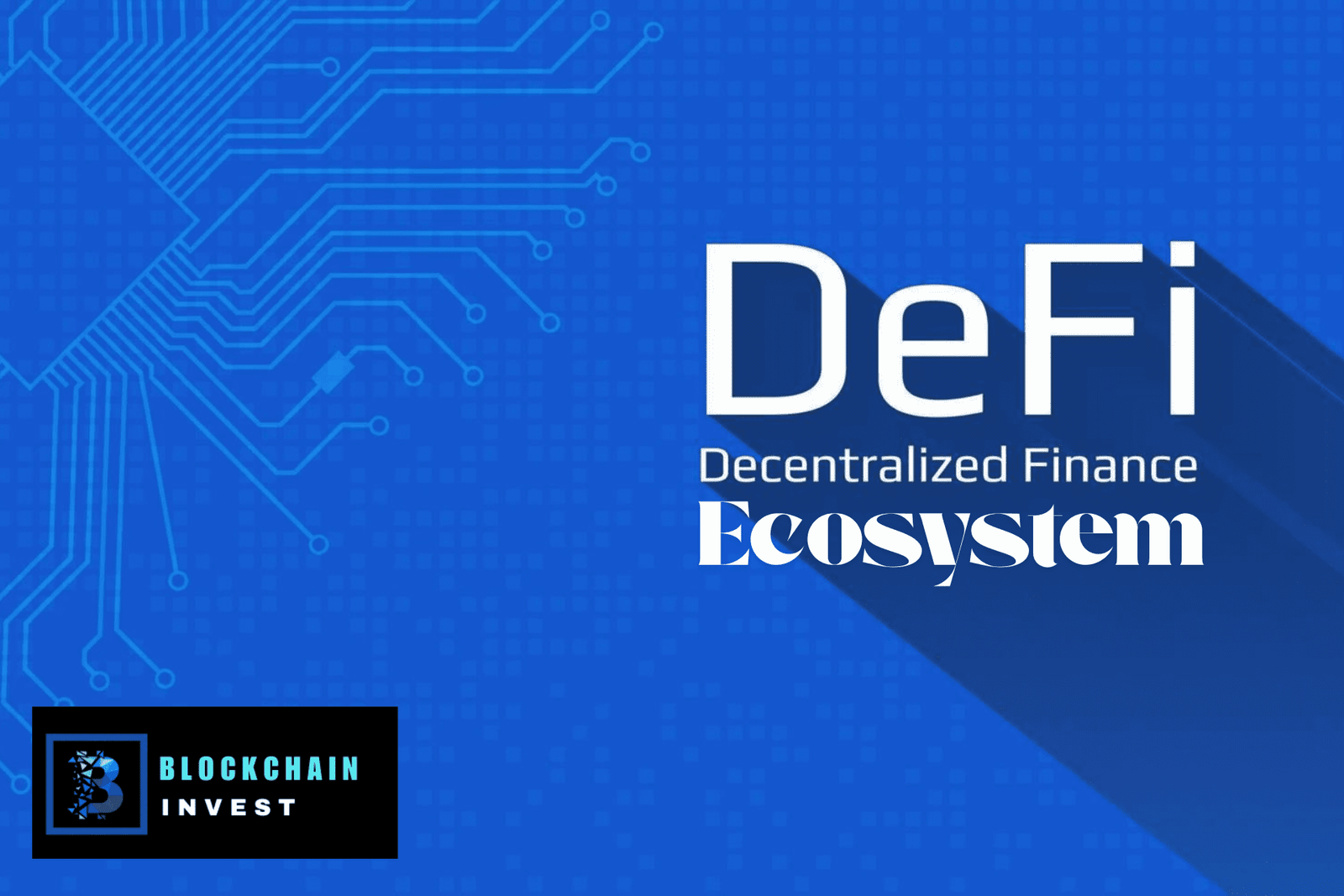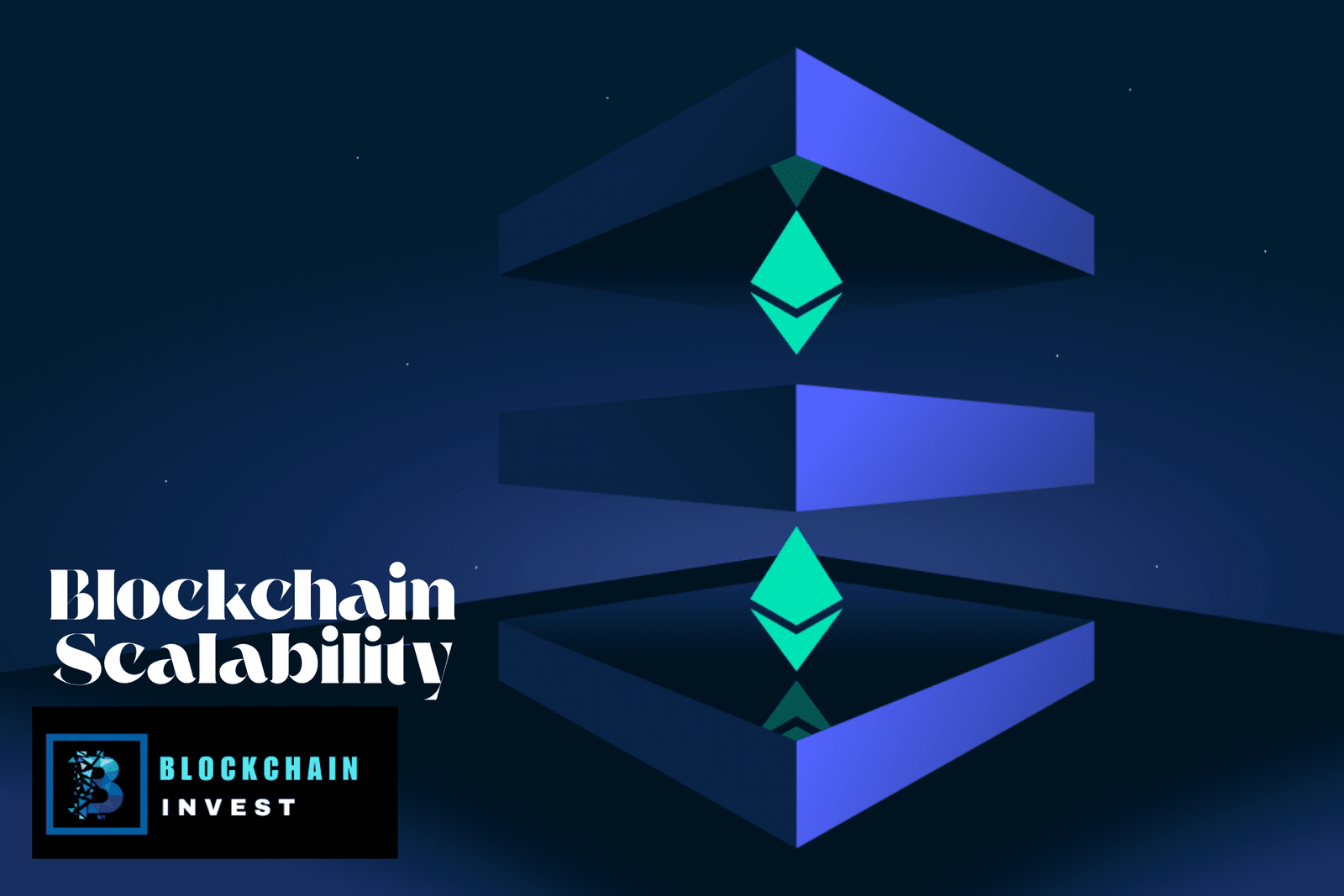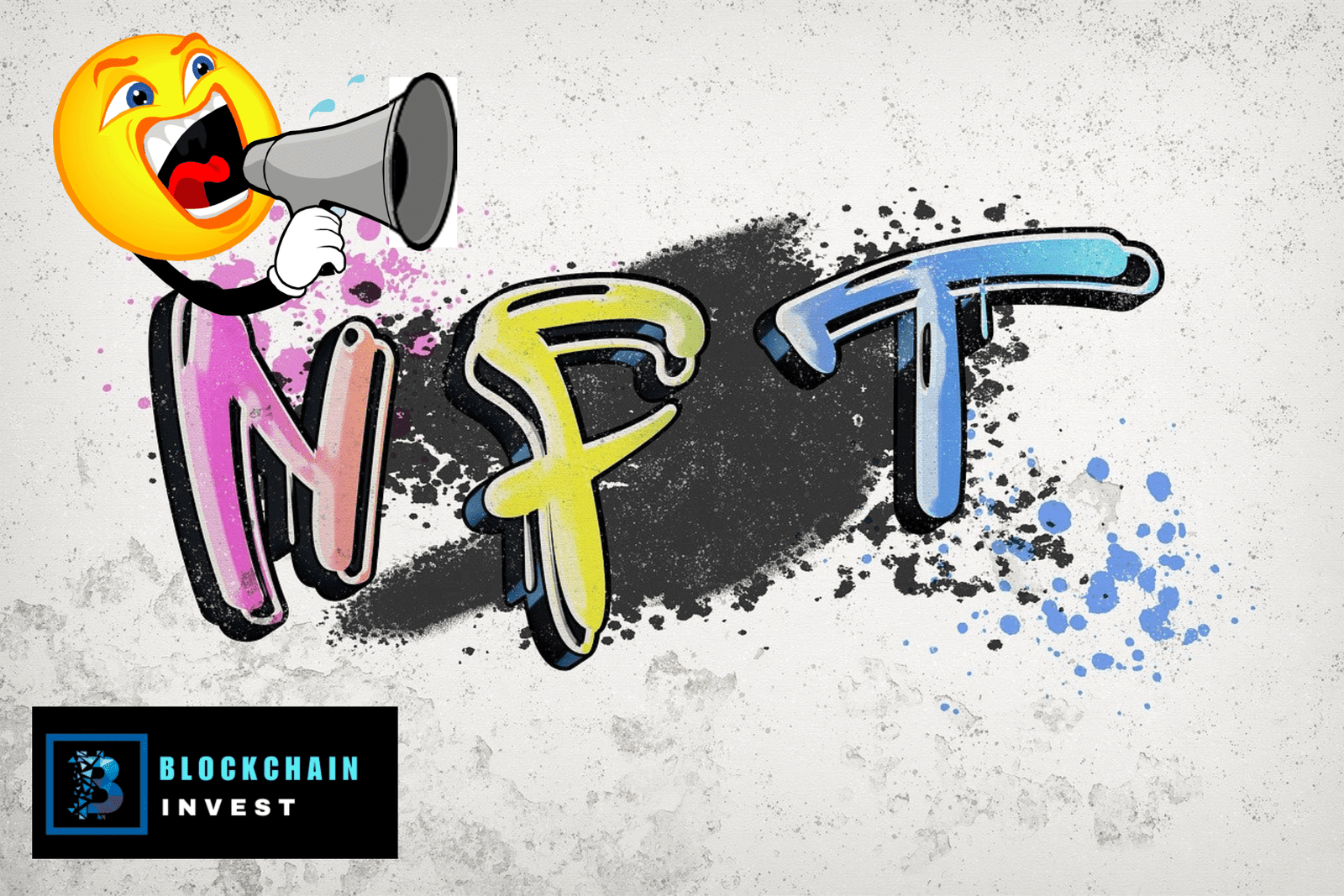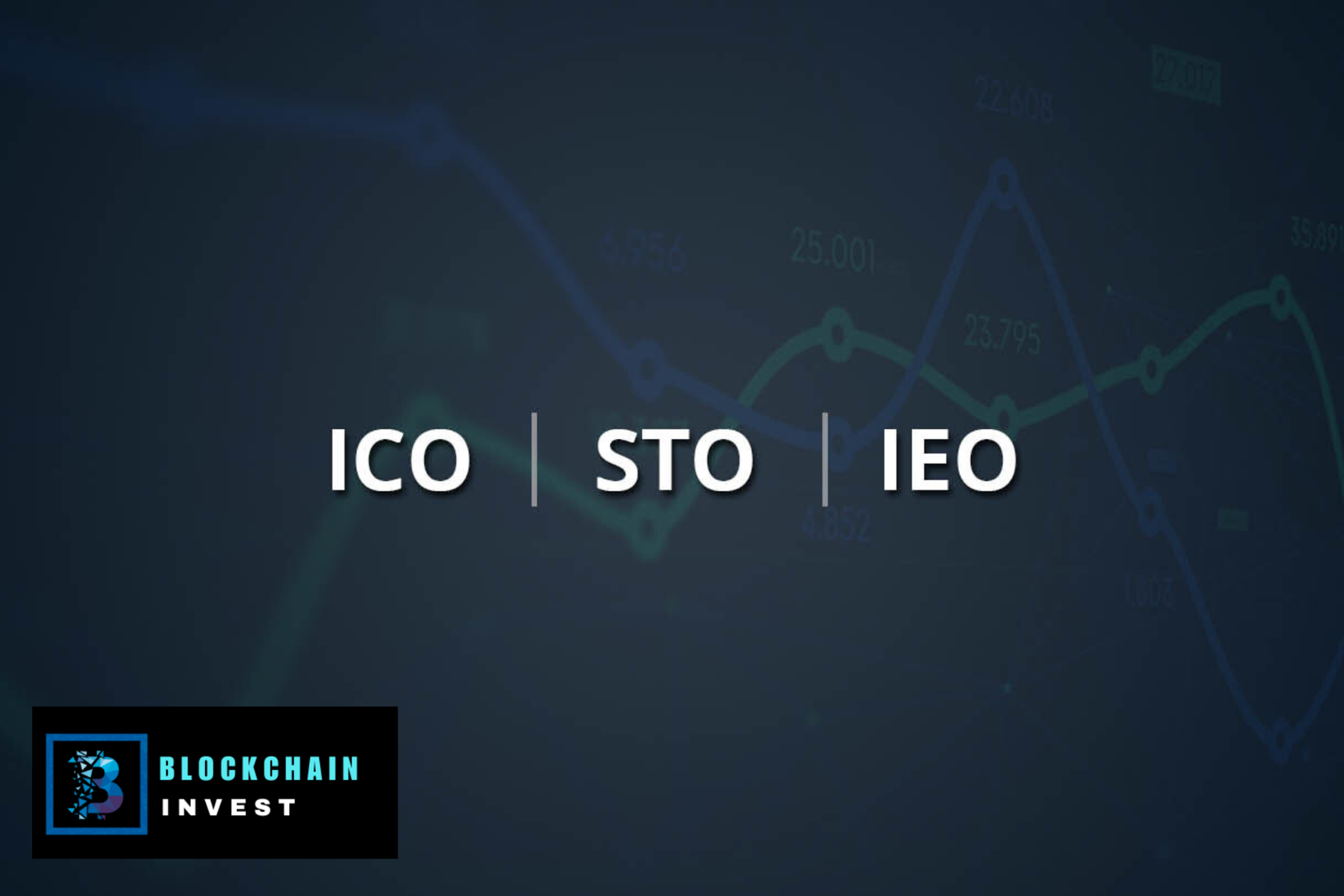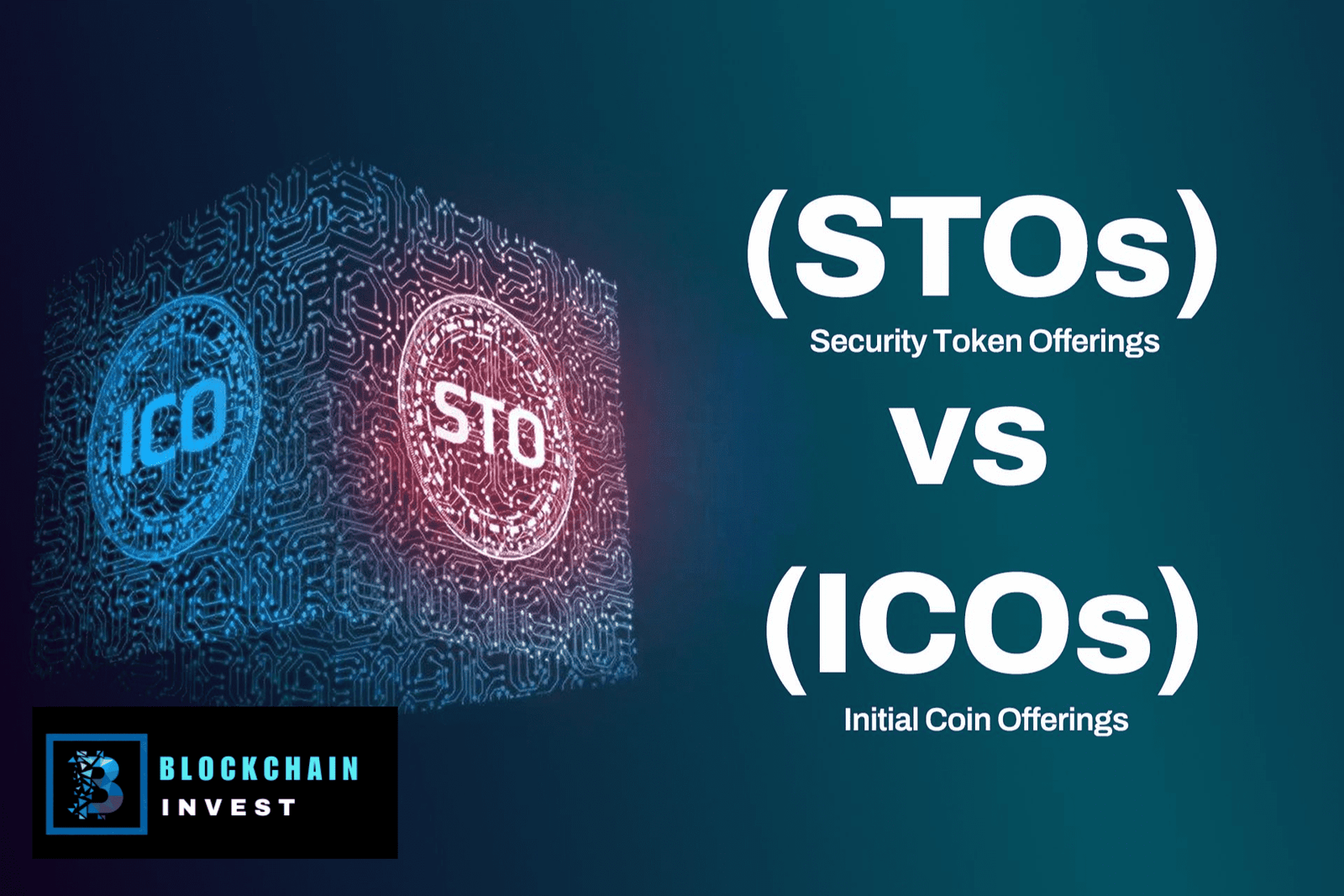How ICO Tokenomics Affect Long-Term Project Success?
Here’s What’s Inside This Blog Post1 Exploring the Economics Behind ICOs1.1 What Are Tokenomics?1.2 Importance Of Tokenomics2 Why Tokenomics

Here’s What’s Inside This Blog Post
- 1 Exploring the Economics Behind ICOs
- 2 Why Tokenomics Matter for Long-Term Success?
- 3 Key Components of Effective Tokenomics
- 4 Case Studies: Successful ICOs with Strong Tokenomics
- 5 How Investors Can Evaluate Tokenomics?
- 6 Challenges In ICO Tokenomics
- 7 Future Trends In ICO Tokenomics
- 8 Frequently Asked Questions
- 9 Conclusion
ICO tokenomics play a crucial role in a project’s long-term success. They influence investor confidence and project sustainability.
Understanding how tokenomics impact a project’s future can help investors and developers make better decisions. Tokenomics, or the economic model of a token, determines its distribution, utility, and value. These elements affect a project’s growth, community engagement, and market stability.
A well-designed tokenomics strategy can lead to a thriving ecosystem, while poor planning can result in failure. This blog will explore the key aspects of ICO tokenomics and how they shape the long-term success of blockchain projects. By the end, you will have a clear understanding of the importance of tokenomics in building a sustainable and successful project.
Exploring the Economics Behind ICOs
Understanding ICO tokenomics is crucial for anyone venturing into the world of cryptocurrencies. ICO, or Initial Coin Offering, has become a popular method for startups to raise funds. Tokenomics, a blend of “token” and “economics,” refers to the economic model behind these tokens. It includes aspects like token distribution, utility, and value. By grasping the basics of ICO and the importance of tokenomics, one can better predict the long-term success of a project.
What Are Tokenomics?
Tokenomics, a blend of “token” and “economics,” refers to the economic system that governs a cryptocurrency token within a blockchain project. It encompasses the creation, distribution, utility, and management of tokens, serving as the economic blueprint for the project’s ecosystem. Key components include:
- Token Supply Management: The total number of tokens, whether fixed or inflationary, and mechanisms like token burning to reduce supply.
- Token Utility: The functions tokens serve, such as governance, access to services, transaction fees, or staking rewards.
- Distribution Strategies: How tokens are allocated among stakeholders, including public sales, private sales, team members, advisors, and reserves.
- Vesting and Lockup Periods: Schedules that restrict token sales to prevent early sell-offs and ensure long-term commitment.
A well-designed tokenomics model aligns the interests of developers, investors, and users, fostering a sustainable and thriving ecosystem. According to Tangem, tokenomics directly influence a project’s long-term viability by shaping its economic incentives and market dynamics.
Importance Of Tokenomics
Tokenomics plays a critical role in any cryptocurrency project. It determines how tokens are created, distributed, and managed. Good tokenomics can attract investors and users. It ensures the token has real utility and value within the ecosystem. Poor tokenomics can lead to inflation, low demand, or even project failure. A well-designed tokenomics model can sustain a project’s growth and stability. It can build trust among investors and the community.
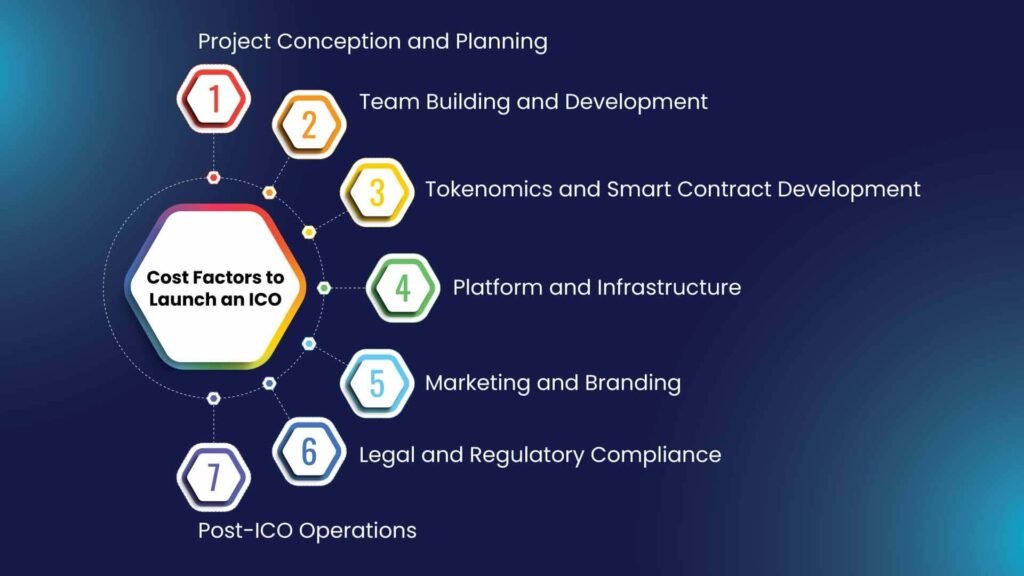
Why Tokenomics Matter for Long-Term Success?
Tokenomics are the backbone of an ICO’s success, influencing several critical aspects of a project’s trajectory:
Attracting and Retaining Investors
Investors scrutinize tokenomics to assess a project’s potential for growth and stability. Research suggests that projects with clear token utility and fair distribution are more likely to attract long-term investors. For instance, projects with over 70% of tokens vested show lower price volatility and higher sustained values, boosting investor confidence (HackerNoon). Conversely, poorly designed tokenomics, such as those lacking utility or with concentrated token ownership, can signal risks like volatility or limited adoption, deterring investment.
Ensuring Project Sustainability
Effective tokenomics ensure continuous funding for development and operations. By reserving a portion of tokens in a treasury, projects can cover future expenses, such as marketing or development, ensuring longevity. A balanced distribution also aligns the interests of stakeholders, preventing scenarios where the project runs out of funds due to insufficient reserves, as noted by Investopedia.
Fostering Ecosystem Growth
A strong token model drives user adoption and community engagement, which are vital for ecosystem growth. Incentives like staking rewards, airdrops, or governance rights encourage active participation, increasing demand, liquidity, and visibility. Projects with active community participation often see sustained growth, as highlighted by LinkedIn.
Maintaining Token Value and Stability
The design of token supply, distribution, and utility directly impacts market value. Mechanisms like token burning can increase scarcity and value, with studies showing that burning unsold tokens can boost remaining token value by up to 43% (FasterCapital). Fair distribution and vesting schedules prevent market manipulation, ensuring price stability and investor trust.
Key Components of Effective Tokenomics
To achieve long-term success, tokenomics must address several critical components, each playing a unique role in the project’s ecosystem:
Token Supply Management
- Fixed vs. Inflationary Supply: A fixed supply can drive perceived value through scarcity, while an inflationary model supports ongoing incentives. For example, Solana implemented an initial 8% inflation rate to balance growth and stability (Crypto.com).
- Burn Mechanisms: Removing tokens from circulation, such as unsold tokens post-ICO, can increase the value of remaining tokens, enhancing investor confidence.
Token Utility
Token utility and function are critical aspects of any ICO’s tokenomics. The success of a project often hinges on how well the token is integrated into the ecosystem. Tokens must offer real utility and serve specific functions to maintain long-term value. This section explores the various use cases and value propositions of tokens.
Use Cases Of Tokens
Tokens can serve multiple purposes within a blockchain ecosystem. They may be used to pay for services or products offered by the platform. Tokens can also act as a medium for voting rights in decentralized governance. They can even be used as collateral for obtaining loans. Each use case adds to the token’s overall value.
For instance, utility tokens are widely used in decentralized applications. They enable users to access premium features or services. Security tokens, on the other hand, represent ownership stakes. These can be in the form of shares or dividends. The diversity in use cases makes the token more valuable.
Value Proposition
The value proposition of a token lies in its ability to fulfill its intended purpose. A token with multiple use cases often has a higher value. This is because it offers more opportunities for utility. The more ways a token can be used, the more valuable it becomes.
Projects must clearly define the value proposition of their tokens. This helps in attracting investors and users alike. A well-defined value proposition builds trust and credibility. It also ensures that the token remains relevant in the long run. Tokens that lack clear utility and function often fail to sustain their value.
Tokens must have clear use cases, such as governance rights, platform access, transaction fees, or staking rewards. For instance, Filecoin’s tokens are used for decentralized storage services, driving adoption (Columbia Law Review).
Utility enhances the ecosystem’s value, encouraging users to hold and use tokens rather than speculate.
Distribution Strategies
Token distribution strategies play a crucial role in the success of ICO projects. These strategies determine how tokens are allocated to various stakeholders. The right distribution can enhance project credibility and attract investors. It also ensures that the project has the funds needed for development. Let’s explore two key distribution strategies: pre-sale distribution and public sale distribution.
Pre-sale Distribution
Pre-sale distribution targets early investors. These investors usually get tokens at a lower price. This phase is crucial for raising initial funds. It also builds early support for the project. Offering tokens at a discount can attract serious investors. These investors often believe in the project’s long-term potential. Properly managing pre-sale distribution can build a strong foundation for the project.
Public Sale Distribution
Public sale distribution opens the token sale to the general public. This phase usually follows the pre-sale phase. The token price is often higher during the public sale. A successful public sale can significantly boost the project’s funding. It also helps to build a larger community of supporters. Careful planning of the public sale is essential. It can drive widespread interest and trust in the project.
A balanced distribution is crucial. Recommended allocations include 10-30% for the core team, 20-40% for community rewards, 30-50% for public sale, and 10-20% for strategic partners (LinkedIn).
Imbalanced distributions, where a small group controls a large share, can lead to price drops when they sell, undermining investor confidence.
Vesting and Lockup Periods
- Vesting schedules (linear, milestone-based, or cliff) prevent early sell-offs, reducing volatility and aligning long-term interests (Streamflow).
- Lockup periods, typically 6-12 months, build trust by ensuring key stakeholders remain committed (Reddit).
Inflation And Deflation Mechanisms
Understanding the mechanisms of inflation and deflation in ICO tokenomics is crucial. These mechanisms impact the long-term success of blockchain projects. They determine how the supply of tokens changes over time. This can influence the value and utility of the tokens within the ecosystem.
Inflationary Models
Inflationary models increase the total supply of tokens over time. More tokens enter the market, potentially leading to a decrease in value. This model can support network growth by rewarding participants. It can also encourage spending within the ecosystem. However, uncontrolled inflation can erode token value. This may discourage long-term holding and investment.
Deflationary Models
Deflationary models reduce the total supply of tokens over time. Tokens are “burned” or removed from circulation. This can increase the value of remaining tokens. A deflationary model can incentivize holding and reduce the risk of inflation. It may also create scarcity, which can drive demand. But, excessive deflation can limit liquidity and stifle ecosystem growth.
Impact On Investor Confidence
Investor confidence is crucial for the success of any ICO project. Tokenomics plays a major role in shaping this confidence. Investors want to know how tokens are distributed and managed. They also care about the project’s financial health and growth potential.
Transparency In Tokenomics
Transparency in tokenomics builds investor trust. Clear information about token distribution helps investors make informed decisions. Projects should disclose the number of tokens allocated to the team, advisors, and community. This data shows the project’s commitment to its goals.
Regular updates on token usage and financial status are vital. Investors appreciate knowing how funds are spent. Detailed reports increase credibility and trust.
Trust Building Measures
Trust is key to long-term project success. Implementing trust-building measures can strengthen investor confidence. One effective measure is third-party audits. These audits validate the project’s financial integrity. They reassure investors that the project is legitimate.
Another measure is locking team tokens for a set period. This shows the team’s commitment to the project’s success. It also reduces the risk of quick sell-offs, which can harm the token’s value.
Active communication with the community is essential. Regular updates and addressing concerns foster trust. Engaging with investors through social media and forums keeps them informed and involved.
| Component | Description | Impact on Success |
|---|---|---|
| Token Supply | Total and circulating supply, burn mechanisms | Drives value through scarcity or supports incentives |
| Token Utility | Functions like governance, access, fees, or staking | Enhances ecosystem value and user adoption |
| Distribution | Allocation among team, investors, community, and reserves | Ensures fairness, prevents manipulation, supports funding |
| Vesting/Lockup | Schedules restricting token sales | Reduces volatility, aligns long-term interests, builds investor confidence |
Regulatory Considerations
Regulatory considerations play a crucial role in the long-term success of ICO projects. For projects to thrive, they must navigate complex legal landscapes. Compliance with regulations ensures trust and credibility among investors. On the contrary, non-compliance can lead to legal repercussions. Thus, understanding these aspects is vital for any ICO project.
Compliance Issues
Compliance issues can significantly impact an ICO’s success. Regulatory bodies often have stringent rules. Adhering to these rules is essential. Failure to comply can result in fines or sanctions. This can tarnish the project’s reputation. Compliance also builds investor trust. Trust is a critical factor in long-term success.
Legal Challenges
Legal challenges are another important aspect. ICO projects often face legal scrutiny. This can include questions about token classification. Are they securities or utilities? The answer impacts the legal framework. Legal challenges can also involve intellectual property rights. Protecting these rights is crucial for project sustainability.
Furthermore, international regulations add complexity. ICO projects must consider laws in different countries. This requires thorough legal expertise. Ignoring these aspects can lead to unforeseen challenges. These challenges can hinder project growth. Thus, addressing legal issues is essential for long-term success.
Economic Incentives For Stakeholders
Understanding how ICO tokenomics influence long-term project success requires analyzing economic incentives for stakeholders. These incentives drive engagement and commitment, crucial for a project’s sustainability and growth.
Rewards For Early Investors
Early investors often receive significant rewards. This typically includes token bonuses and lower purchase prices during the ICO phase. I remember investing early in a blockchain project, and the value of my tokens tripled within a year.
Such rewards motivate early participation. They help build initial capital and foster a loyal investor base. Imagine the excitement of seeing your early investment grow exponentially. Wouldn’t that make you more committed to the project’s success?
Incentives For Developers
Developers are critical to a project’s success. Economic incentives like token allocations and performance-based rewards can significantly impact their motivation. Developers often work tirelessly, and seeing tangible rewards for their efforts is highly motivating.
Consider a developer who receives a substantial token allocation. This not only acknowledges their hard work but also aligns their interests with the project’s success. When developers benefit directly from the project’s growth, they are likely to be more innovative and dedicated.
How can you ensure that the team remains motivated over the long term? One effective strategy is to create a vesting schedule for token allocations. This ensures that developers are rewarded incrementally, maintaining their commitment and enthusiasm.
Economic incentives for stakeholders, whether early investors or developers, play a pivotal role in the long-term success of ICO projects. They drive engagement, loyalty, and continuous innovation. Are you considering these factors in your investment or development strategy?
Case Studies: Successful ICOs with Strong Tokenomics
Real-world examples illustrate how effective tokenomics drive long-term success:
- Ethereum
- Raised $18.3 million in 2014 with 83.47% of tokens allocated to investors and 16.53% to founders.
- Structured vesting schedules ensured stability, attracting long-term holders.
- Today, Ethereum is a leading blockchain platform with a market value peaking at over $500 billion (PixelPlex).
- Solana
- Allocated 38% for community incentives, 37% to investors, and 25% to founders, with an initial 8% inflation rate.
- This balanced approach supported growth and stability, making Solana a top platform for decentralized applications (Crypto.com).
- Filecoin
- Raised $257 million with a structured token release schedule and clear utility for decentralized storage services.
- Its tokenomics ensured long-term funding and adoption, establishing Filecoin as a leader in its field (Columbia Law Review).
- Tezos
- Raised $232 million with a market value peak of $1,138.6 million.
- Its innovative governance model, where token holders vote on upgrades, fostered a strong community and sustained growth (Columbia Law Review).
Conversely, projects with poor tokenomics, such as those with concentrated token ownership or unclear utility, often fail to sustain momentum, leading to price crashes and project collapse.
Lessons Learned
What can you learn from these successful ICOs? First, having a clear and compelling vision is crucial. Ethereum’s vision of a decentralized platform for smart contracts was revolutionary.
Secondly, the strength and credibility of your team matter. Investors are more likely to trust and invest in projects led by experienced and reputable individuals.
Thirdly, addressing a real-world problem with innovative solutions can attract significant investment. Filecoin’s approach to decentralized storage tackled a pressing issue in the tech world.
Lastly, engaging with the community and maintaining transparency builds trust. EOS’s long ICO period allowed them to build a strong community and maintain clear communication with investors.
What are your thoughts on these case studies? Do you see any common threads that could apply to your project?
How Investors Can Evaluate Tokenomics?
Investors play a critical role in assessing tokenomics before committing to an ICO. Here are key factors to consider:
- Clear Utility and Use Cases: Ensure the token has defined roles, such as governance or transaction fees, to drive demand and value.
- Fair Distribution and Vesting: Verify that allocations are balanced and vesting schedules are in place to prevent early sell-offs.
- Community Engagement: Look for incentives like staking or airdrops that encourage user participation and loyalty.
- Sustainability: Assess whether the tokenomics support long-term funding and growth, such as through treasury reserves or burn mechanisms.
By carefully analyzing these elements, investors can make informed decisions and avoid projects with flawed tokenomics.
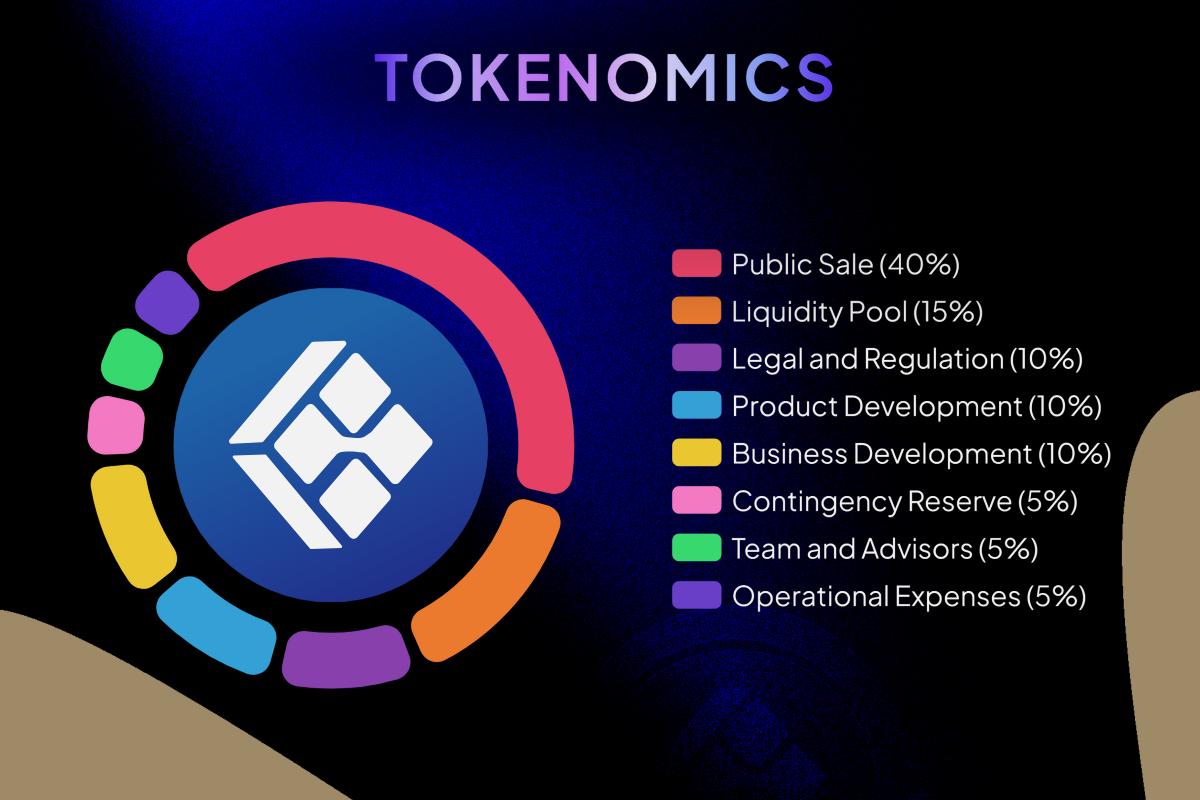
Challenges In ICO Tokenomics
Initial Coin Offerings (ICOs) have garnered significant interest. Many see them as a means to raise capital. However, ICO tokenomics present distinct challenges. These can impact the long-term success of a project.
Market Volatility
Market volatility poses a significant challenge. Token prices can fluctuate wildly. This instability can deter potential investors. High volatility can also affect the project’s budget. Funds raised may lose value quickly. This makes planning difficult.
Security Concerns
Security is another major issue. ICOs are often targets for hackers. Poor security can lead to token theft. This can shake investor confidence. Projects must invest in robust security measures. Without them, they risk losing crucial funds.
Future Trends In ICO Tokenomics
The world of ICO (Initial Coin Offering) tokenomics is rapidly evolving. As projects look for sustainable success, understanding future trends becomes crucial. Let’s dive into some of the emerging models and technological innovations shaping the future of ICO tokenomics.
Emerging Models
New token models are on the horizon. These models aim to create more value for both the project and its supporters. For instance, some projects are experimenting with staking mechanisms.
Staking allows token holders to earn rewards by locking up their tokens. This not only incentivizes holding but also supports the network’s security. Another model gaining traction is the deflationary token model.
Deflationary tokens reduce the total supply over time, increasing scarcity and potentially boosting value. This can lead to a more balanced supply-demand dynamic, ensuring long-term viability. Are these models the future of ICOs? Only time will tell.
Technological Innovations
Technological advancements are also playing a significant role. Blockchain technology, for example, continues to evolve, offering more efficient and secure solutions. Smart contracts are becoming increasingly sophisticated.
These self-executing contracts can automate complex transactions, reducing the need for intermediaries. This makes the entire process more transparent and trustworthy. Have you ever wondered how automation could change the way we handle ICOs?
Another exciting innovation is the integration of artificial intelligence (AI). AI can analyze vast amounts of data to predict market trends, helping projects make informed decisions. Imagine a world where AI guides your investment choices, reducing risk and maximizing returns.
In conclusion, the future of ICO tokenomics looks promising with emerging models and technological innovations leading the way. Staying informed and adaptable will be key to navigating this evolving landscape. How will you leverage these trends for your next project?
Frequently Asked Questions
What Are ICO Tokenomics?
ICO tokenomics refer to the economic model and structure of a token issued during an Initial Coin Offering. They include details on token supply, distribution, utility, and incentives designed to drive demand and enhance the project’s viability and success.
How Do Tokenomics Impact Project Longevity?
Tokenomics impact project longevity by ensuring sustainable token supply, incentivizing user participation, and fostering a healthy ecosystem. Well-designed tokenomics can enhance investor confidence and promote long-term project growth and stability.
Why Are Token Distribution Strategies Important?
Token distribution strategies are important because they determine how tokens are allocated among team members, investors, and community. Proper distribution ensures fairness, prevents centralization, and encourages widespread adoption, which is crucial for project success.
Can Token Utility Influence Project Success?
Yes, token utility can significantly influence project success. Tokens with real-world use cases and strong utility drive demand and engagement. This increases user adoption, enhances project viability, and contributes to long-term sustainability.
Conclusion
Tokenomics are the foundation of a successful ICO, shaping investor confidence, project sustainability, and ecosystem growth. By designing a robust economic model with balanced distribution, clear utility, and community incentives, projects can achieve long-term viability in the competitive blockchain space. Investors, meanwhile, must diligently evaluate tokenomics to identify promising opportunities and mitigate risks.
As the blockchain industry evolves, prioritizing thoughtful tokenomics will remain a critical driver of success for both developers and investors. Investors and founders alike should evaluate and design tokenomics with transparency, fairness, and future scalability in mind.


